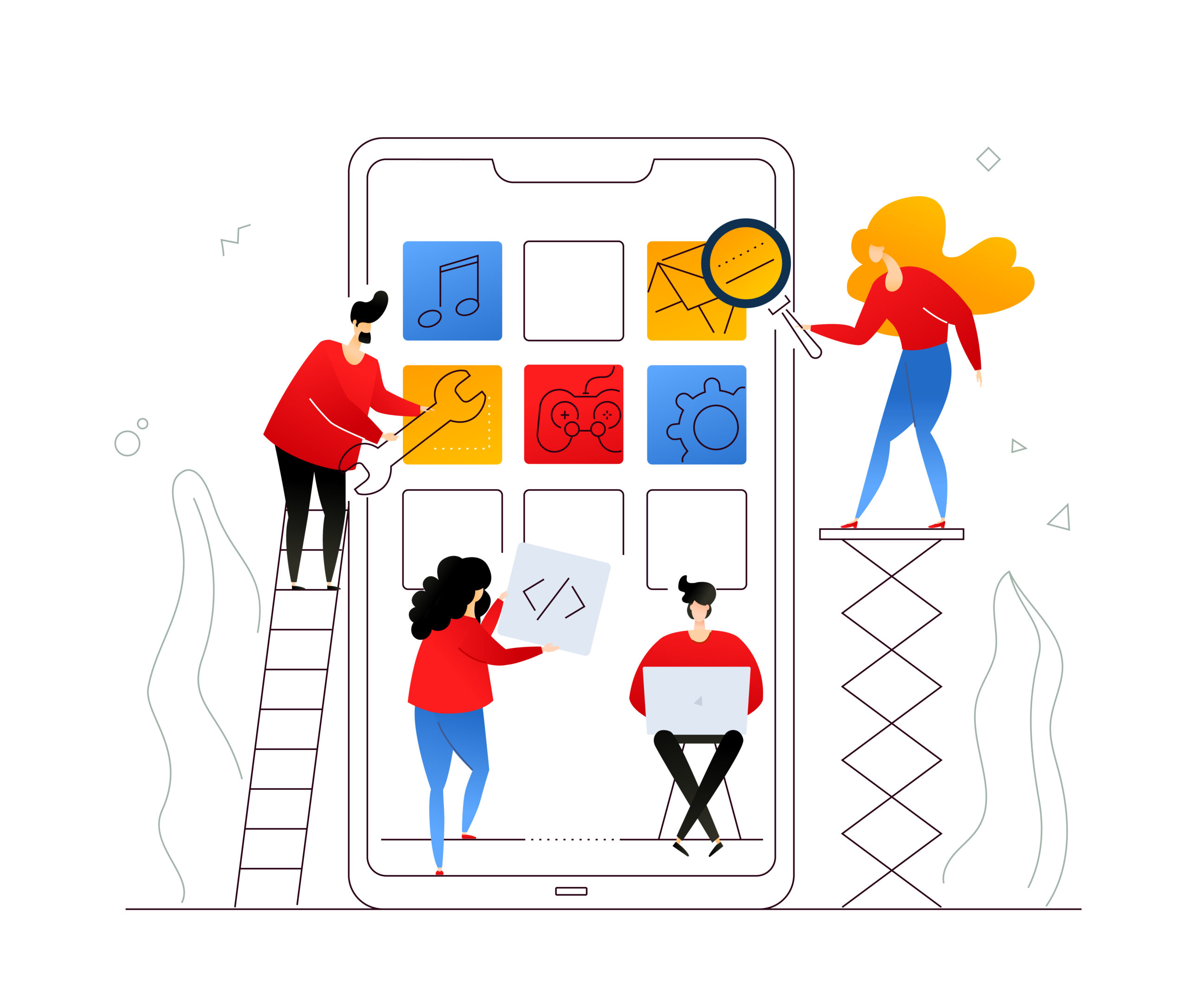How 5G Makes A Faster Technological Swift
Having being developed from the past ten years, 5G is currently beginning to this technological advancement. The cutting edge portable broadband tech might modify our lives from multiple points of view throughout the following, not many years. Changes will be in the way we operate businesses and other technical operations that could be impacted by this energizing innovation. Will 5G bring a technological swift?
What is 5G?
5G is the subsequent stage past 4G and LTE portable systems, with quicker speeds, more data transmission, with more bandwidth and having a broad range than the other networks, lower latency, improved stability. It’s a creating innovation, with a few significant mobile telecom providers exploring and improving the system as it develops.
What Benefits does 5G have?
The principal improvement most are excited about is the improved speed. Though 4G has download speeds commonly 20Mbps, 5G is relied upon to arrive at 500 to 1500 Mbps—virtually moment. Purchasers may be intrigued by having the option to download a motion picture from Netflix in a moment or two.
The world is as of now versatile. We will have 50 billion associated gadgets by 2020, and with use cases for the web of things innovation expected to continue developing, our effectively blocked range groups are just going to deteriorate. This prompts breakdowns in an administration that could be cataclysmic when independent vehicles are out and about or in some social insurance situations. Taking advantage of 5G innovation permits a higher limit with regards to various gadgets to be utilized without a moment’s delay in a similar zone.
5G towers are necessarily littler (the size of a mini fridge) and, along these lines, can be placed in an assortment of areas that could never have worked previously. In urban regions, that may mean 5G towers will be on each lamppost. At last, improvement to inclusion will rely upon bearers extending cell towers.
Each of the four significant U.S. transporters has rollouts of restricted 5G remote being used today, and most nations likely won’t have propelled 5G benefits before 2020. There is a considerable amount of activity in the background from controllers, remote bearers, and telephone producers to get everything set up to make a 5G full-scale dispatch conceivable. To see the improvement, look at the Race to 5G page.
What are the technical changes in 5G?
You must be wondering what the changes in 5G are? and how it brings a difference to the 4G. The 4G specifications have completely changed it into 5G it has brought differences in
- Spectrum- Earlier the range of 4G was 100 Mhz. 5G has ultimately brought the change in the spectrum which is now around 5000 Mhz
- Latency- The latency factor is 20-30 milliseconds in 4G, while in 5G, it is between 1 millisecond to 10 milliseconds.
- Bandwidth- The bandwidth in 4G was 200 Mbps while in 5G is 1gbps.
- MIMO – it stands for multiple inputs multiple output, it specifies tha 4G base stations have just 12 antennas for transmission and receiving of data, while the 5G has 100 antennas. These high frequencies can block and control the interference.
How will 5G be used?
It uses, where the rate of downloads and uploads are higher, like Netflix, to download high-quality movies. But not only in the film, but it also has several other uses in industries such as retail, entertainment, automotive, manufacturing, and logistics. The advancement in the sector includes smart cities, transportation systems, and infrastructure.
5G will Brings A New World To The Businesses
Huawei first launched 5G in China, and then afterward, Qualcomm started it. The moment when 5G rolled out, the business had a different experience open remote working and collaboration. Before that, we used to face a lot of network glitch, network congestion. But after the 5G, there have been changes in enterprise web applications, which improves their overall performance.
- Makes sharing and scheduling, connecting and engaging easier
- Cloud data sharing becomes faster and more efficient
- With its million devices per square kilometer, it improves the overall efficiency
- It gives a boost to the operations concerned with drones, Artificial Intelligence, robotics, and remote-controlled machinery, and virtual and augmented reality.
5G will Brings A New World To The Industries
If we know the changes which take place in every domain. Many of them are focusing on how to bring the developments
- Automotive and Transportation – A comprehensive exhibit of car and street transport administrations require cell network, with numerous as of now in business activity. 5G has Improved effectiveness and exactness for fleet management, asset tracking, and the overall driving experience.
- Smart Factory – The operations in the industries which took more time due to the poor connectivity will have an improvement in real-time visibility of their manufacturing products offering a new level of service with 5G.
- Smart Buildings – The buildings where you have to manage the systems individually becomes comfortable with the 5G services. You can directly connect and automate the building and energy systems to make the changes to maintain your facility.
- Smart Cities– Have you ever thought of making cities clean and have the best system for the traffic. The smart cities with high-speed 5G bring you to fast access to the data of the truck.
- Smart Energy and Utilities – The more you save energy and its utilities, the better you use. 5G brings a faster way to connect the assets and helps to make smarter decisions and making every customer do the same.
- Healthcare – Real-time visibility and data required for a diagnosis take a lot of time. Everything can serve with a fast data transfer rate. 5 G makes the best use of it.
- Retail Services – 5G can improve the retail services which provide experience to the customers. With the help of 5 G service, online retailers can gain valuable insights, conditions, trends, and supplies.
- Agriculture – It is challenging to deal with farming activities. With the help of sensors and smart gateways, monitoring systems, it gets easy to optimize. The high speed of 5G in rural areas would increase the productivity of the farmers.








Recent Comments